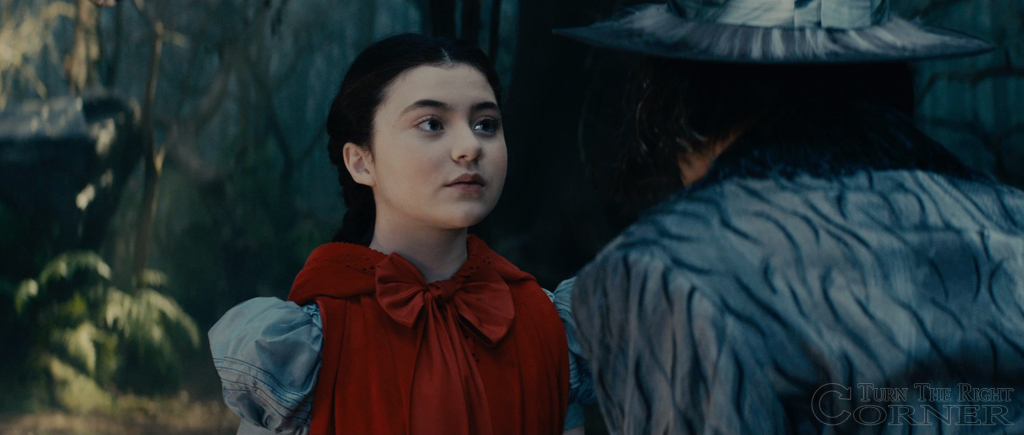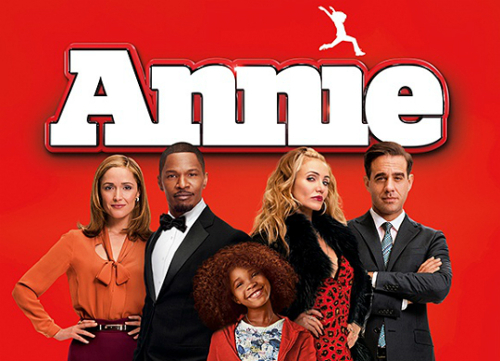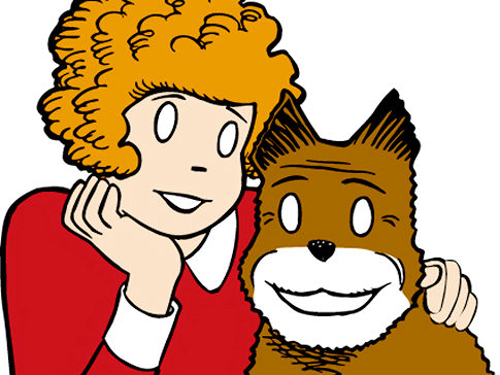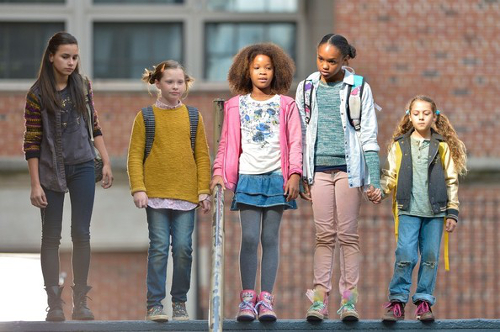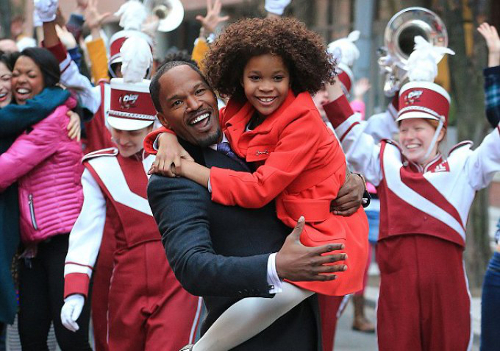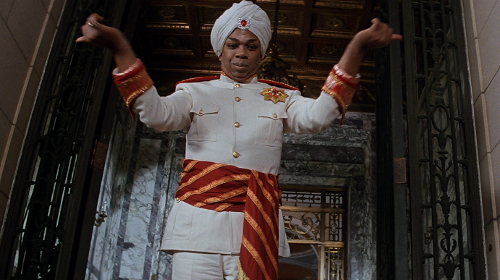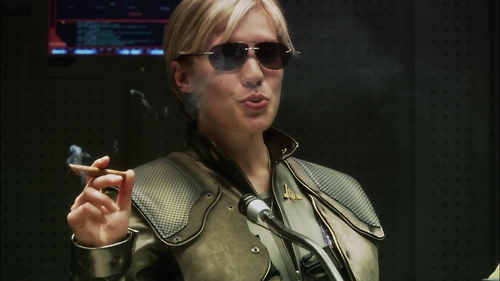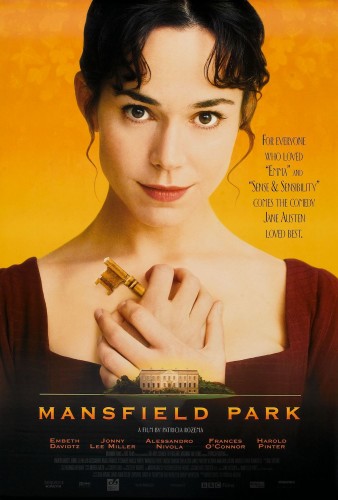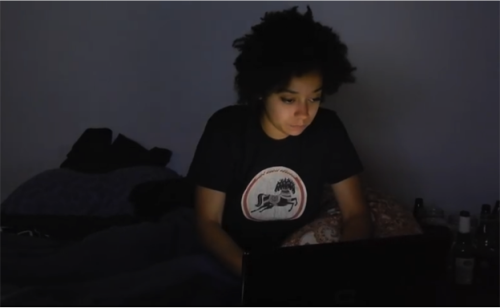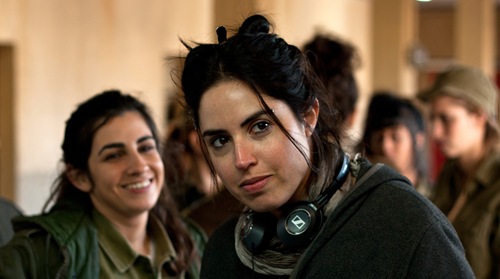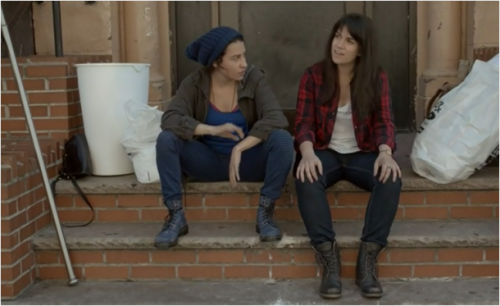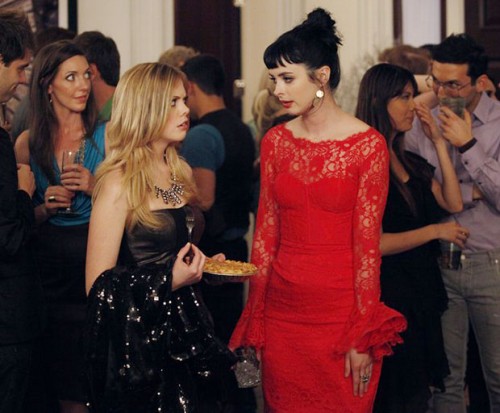Written by Jackson Adler as part of our theme week on the Academy Awards.
Colleen Atwood is an Academy Award nominee for Best Costume Design for Disney’s Into The Woods. In order to represent the hodgepodge of characters, she based their costumes in differing time periods, ranging from Medieval European to 1930’s America. Each costume also has a bit of a modern flair, especially Cinderella and Cinderella’s Prince’s costumes. Atwood’s designs are stunning, but they also highlight the discussions of gender roles and racial relationships in America.
[youtube_sc url=”https://www.youtube.com/watch?v=MhbEMlFwxFE”]
The stage play of Into The Woods has feminist moments, with all characters written to be complicated, not just the men and boys. An example of this, as Bitch Flicks’ Katherine Murray has previously covered, is the role of The Witch as multi-faceted. While the Disney film retains many of the feminist moments and aspects from the original stage play, it has made some changes to the story that undermine them. This is representative in some of the costumes. Rapunzel’s costume is wrapped in ribbon and fabric, symbolically showing how Rapunzel feels tied up and trapped by her mother, barely able to breathe freely. While in the Disney adaptation, we see Rapunzel’s unhealthy relationship with her mother, The Witch, we never see the original production’s outcome for Rapunzel. Rapunzel is metaphorically tied up and restricted, but we never see her metaphorically undone and unraveled. Riding off into the distance with her prince does not free Rapunzel in the stage play, as being locked in a tower all her life has, understandably, lasting consequences on her psyche. Rapunzel’s restrictive life with her mother is shown beautifully through her costume, but Disney’s cut of Rapunzel’s ending undermines how telling that costume is of her emotional and psychological well-being.
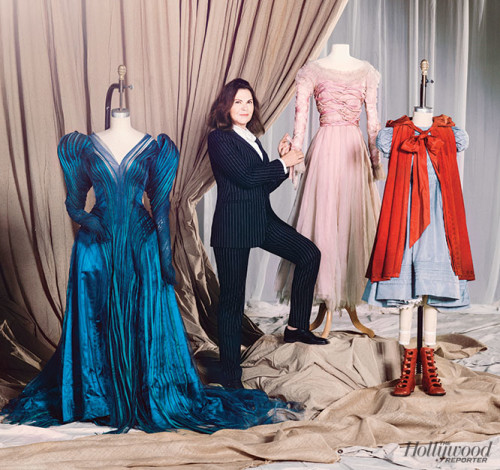
Rapunzel’s white and pink costume is contrasted beautifully by The Witch’s first costume (black) and her second costume (blue). The Witch’s costumes take up more space than Rapunzel’s, showing the freedom The Witch has to move in the outside world, contrasting with Rapunzel’s captivity. They are also masculinized, as the two princes have the same color scheme – Rapunzel’s Prince in black and Cinderella’s Prince in blue. In order to have influence and power, it is implied by these costumes that The Witch has taken on some masculine and patriarchal qualities. This is evident by her treatment and dress of Rapunzel, wanting to keep her daughter soft, sweet, and subservient. Atwood has praised Meryl Streep’s use of her costumes, creating a collaboration between actor and costume designer in telling the story. In her song “Stay With Me,” The Witch switches back and forth between patriarchal abuse and maternal love, with Streep physicalizing this by standing above Rapunzel and yelling at her, to sitting next to Rapunzel and embracing her. When The Witch regains her former beauty, her costume takes up more space and Streep stands taller, symbolically showing the confidence that The Witch has gained from her beauty. However, though she looks younger and more conventionally beautiful, she has unwittingly lost her magic powers and her ability to defeat Rapunzel’s Prince. Streep’s performance combined with her costumes show how The Witch attempts to form her own identity and destiny amidst conflicting messages of how to be a powerful and successful woman in a sexist and patriarchal world. That The Witch is punished by Disney’s ending of her story, symbolically being sucked into Hell, is problematic, as it seems to eternally condemn her for attempting to be a powerful woman.
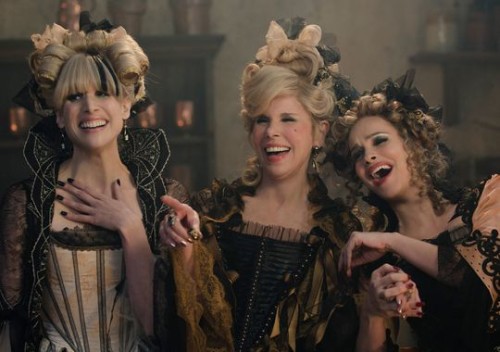
This is echoed in the color scheme for Cinderella’s Stepmother, and her stepsisters Florinda and Lucinda. The Stepmother and her daughters are in black and gold, while Cinderella wears gold when she attends the ball. This codes gold as representative of female glamour, while black is representative of women adopting patriarchal actions. Interestingly, Florinda and Lucinda are physically punished (their eyes are picked out by birds), but The Stepmother is not. Cinderella’s Father is cut from the Disney film, and it is in the stage play that we see that Cinderella’s Father is alcoholic and severely neglectful of his daughter. The storyline of Cinderella’s family can be interpreted in two different ways. Was Cinderella’s Father driven to drunken ineffectiveness by a cruel and greedy second wife? Or was it Cinderella’s Father’s drunken ineffectiveness that made The Stepmother take control of and be the head of the family because someone had to? We know that Cinderella’s Mother was incredibly kind, and that she died. Perhaps it was the death of his beloved wife that lead Cinderella’s Father to drink, and The Stepmother is merely trying to survive in a patriarchal world. What else would lead her to do something so drastic as to mutilate the feet of her daughters in an attempt to marry them off to a prince – someone with money who will financially take care of the family? Florinda and Lucinda are punished, perhaps, for not standing up to their mother and treating Cinderella kindly and as an equal, while The Stepmother isn’t blamed, since her cruelty was merely a misguided attempt to achieve security for herself and her family. Cinderella never wears black or blue, and she ends up rejecting her prince’s patriarchy. At the end of the story, Cinderella works closely with The Baker, someone who fits in with her color scheme of earth tones (though still wears a bit of blue), and who earlier learned that “it takes two” (meaning equality) to have a healthy relationship.
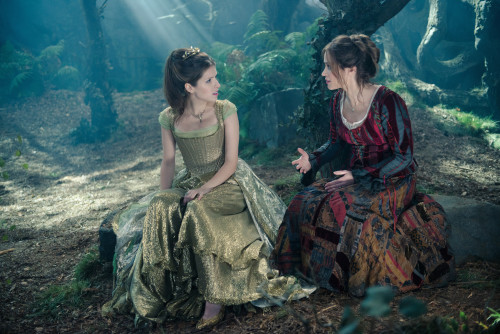
The Baker’s Wife wears many different colors, with her main costume being mostly red, with a fair amount of blue, gold, and black. Atwood and Emily Blunt thought it important that The Baker’s Wife’s resourcefulness should be shown in her costume, and that it was made up of “whatever she could find.” The Baker’s Wife is a working class woman struggling to get by, who argues with her husband, who wants a child, and who also wants a fulfilling sex life. Her song “Moments in the Woods” debates the question of can women have it all? And should they? She has red for passion and sexual desire, blue and black for masculine traits that she adopts to get by, and gold because she would like a bit of glamour in her life. Disney arguably punishes her lust by making her a fallen woman via having her fall to her death from a cliff.
Red and blue are also the color scheme for Little Red Riding Hood, whose storyline with The Wolf is reminiscent of sexual assault. Little Red is more assertive than most of the other female characters, and her dress is blue and has puffed sleeves, and, in these ways, is similar to The Witch’s second costume. We never hear of Little Red’s male family members whether in the stage musical or the film adaptation. It is therefore implied that Little Red is raised solely by her mother (whom we never see) and her grandmother. With her black hair, blue dress, and cape of red, Little Red is an empowered and sexual woman in the making, guided by independent women. The Wolf is in black and blue, with a red boutonniere. When Little Red is hesitant about trusting The Wolf, he points her towards some (in the Disney film) blue and phallic looking flowers for her to gather – seemingly supporting her masculine independence. By taking Grandmother’s place in bed and wearing her clothes in order to attack Little Red, The Wolf is seemingly sensitive and more maternalistic – something he hopes will be attractive to Little Red. Though Little Red is wary, The Wolf deceives Little Red long enough to take her off guard and attack her, reminiscent of date rape.
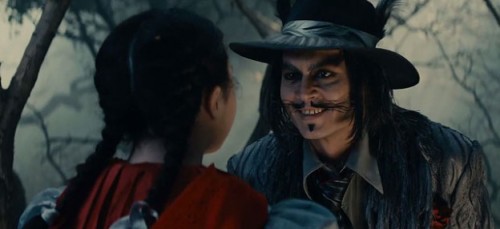
While the color scheme of The Wolf’s costume works well in telling the story, the design itself is incredibly problematic. As I have written before, The Wolf’s costume is a zoot suit, which has a rich racial history in The United States. In the 1930’s and 40’s, the zoot suit was a symbol of power among young people of color, and it was criminalized by the white populace and media. The Wolf wearing a zoot suit and attacking a white girl in Into The Woods is reminiscent of a white actor in blackface attacking a white woman in the controversial and highly racist Birth of a Nation. That Depp, Atwood, and director Rob Marshall all thought it was a good idea for the costume to be a zoot suit is upsetting to say the least.
As especially evidenced by the zoot suit, Atwood’s costumes are not all period appropriate to Medieval Germany. Many of them are similar to the neo-Medieval styles of British television series Merlin and Robin Hood, and the American series Reign. Merlin and Robin Hood have ethnic diversity, and Reign is (mostly) feminist. Into The Woods’ modernity highlights how relevant its feminist moments from the stage play are to contemporary audiences. However, Into The Woods has very little ethnic diversity. Even in a more period-appropriate adaptation, Into The Woods could have characters who are people of color, as centuries of trade, colonization, and war had brought diversity to Medieval Europe. While there are PoC extras in the film, as both peasants and royalty, any character with a line or a lyric is White. By Atwood making the costumes in varying time periods, with both contemporary and fantastical elements, it highlights that this is a story and a world in which anything goes – from talking wolves, to giants, to magic beans. However, evidently for Disney, the casting of people of color was too much.
Colleen Atwood’s costumes both contribute to the story of Into The Woods and, indirectly and directly, point out Disney’s flaws in the telling of it. Her costumes beautifully support the theme of gender roles in the story, and if it wasn’t for putting Johnny Depp in a zoot suit, I might support the idea of her winning an Oscar for her work on the film. Either way, I hope Hollywood does a lot of self-reflecting in regard to how it does and does not address gender and race.
